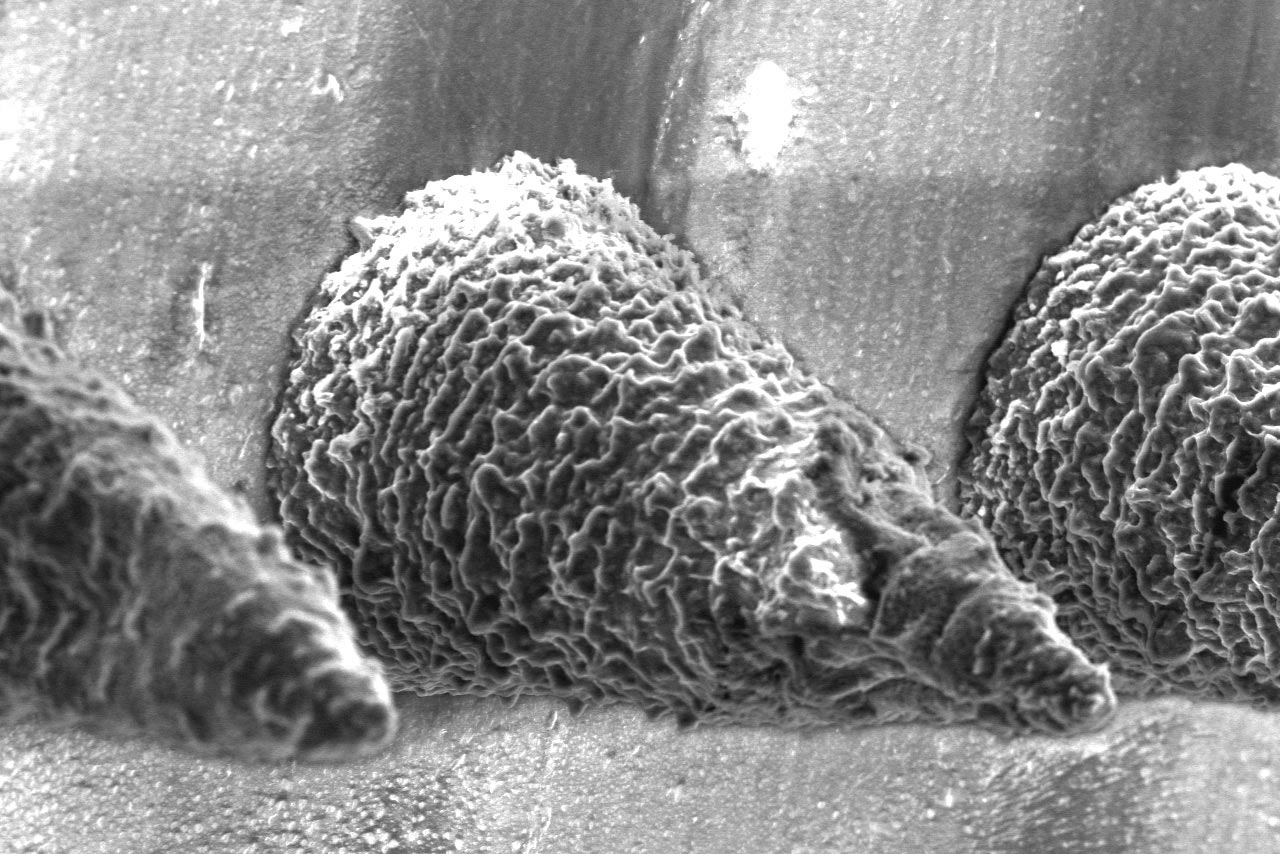Hair regrowth: early positive results for this alopecia treatment
Follow us on Google News (click on ☆)

This innovative approach, developed by researchers affiliated with MIT, Brigham Hospital, and Harvard Medical School, stands out for its targeted action that locally regulates the immune response without the side effects of systemic treatments.
The microneedles, designed to be painless and applied directly to the scalp, release drugs that rebalance the immune response and halt the autoimmune attack. The results observed in mice are promising: hair regrowth and a marked reduction in inflammation without affecting the rest of the immune system.
This technology could also be adapted to treat other autoimmune skin diseases such as vitiligo, atopic dermatitis, and psoriasis. Natalie Artzi, the principal researcher, emphasizes the importance of this approach which, rather than suppressing the immune system, aims to regulate it precisely at the antigen site to induce immune tolerance.

The microneedle patches used in this study are made from hyaluronic acid crosslinked with polyethylene glycol (PEG), both biocompatible and commonly used in medical applications. The researchers designed the microneedle patches so that after releasing their drug payload, they can also collect samples that can be used to monitor the treatment's progress. Microscopic view of the microneedles.
Credit: Courtesy of the researchers
The treatment, following tests on mice and human skin grafts on these same animals, shows a proliferation of regulatory T cells and a reduction in inflammation. These results pave the way for future human applications to treat alopecia as well as other skin diseases.